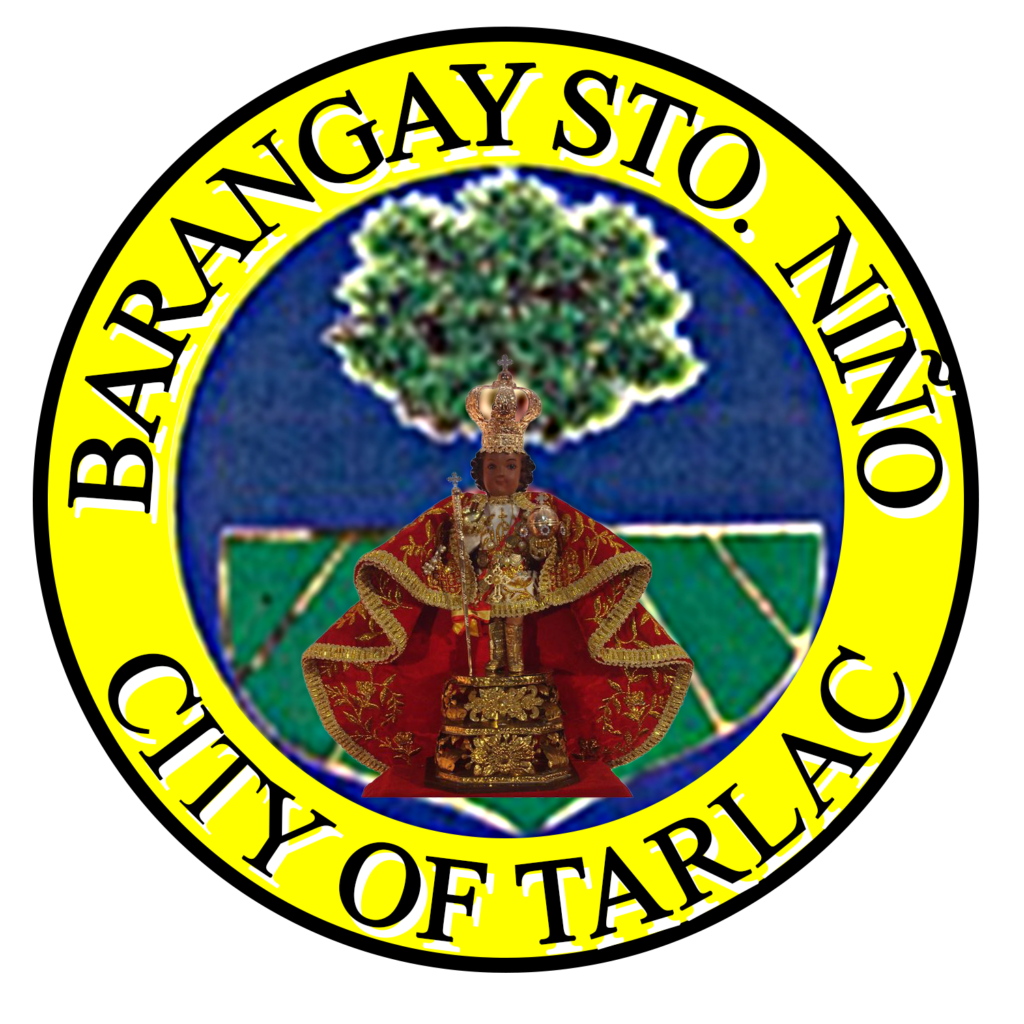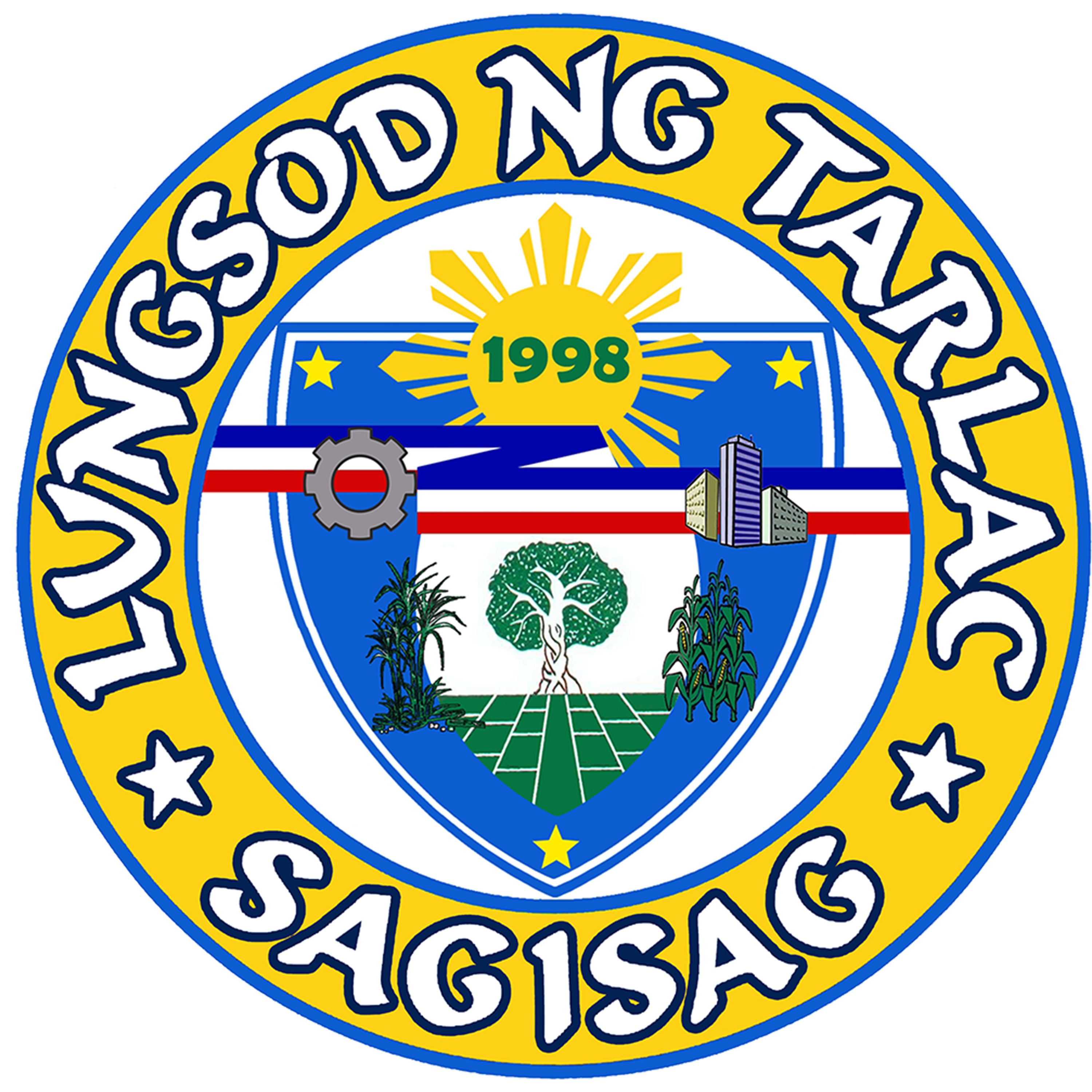
BARANGAY STO. NIÑO HISTORY
Barangay Sto. Niño is also part of 19 Barangay enclosed in the West District Division of Barangays in Tarlac City. Barangay Mapalad bound it on the West, Barangay Sta. Maria on the East, Barangay Sinait on the South and Municipality of Gerona on the North.
It is approximately 9.0 kilometers away from city proper. It has a total land area of 280.77 hectares wherein the 74.0 hectares corresponds to agricultural area and the remaining area designate to residential and industrial area.
It also divided into 6 Purok and 1 Sitio namely: Purok 1, Purok 2, and Purok 3, to Purok 6, and Sitio Pag-asa.
Barangay Sto. Niño classified as Rural Barangay, it has a total population of seven hundred forty eight (748) as of 2005, and a household population of one hundred twenty six (126).
Barangay Sto. Niño is also an agricultural barangay. Farming is one of the primary sources of their livelihood. Approximately 80% of the total populace in this barangay was farmers. They cultivate palay, vegetables, corn and sugarcane. Other residents here were employees, laborers, construction workers and so on. Some have their own business such as sari-sari stores and others.
Barangay Sto. Niño is said to be the Son of a Barangay family. The San Jose, part of Gerona Municipality is the Father and Barangay Sta. Maria is the Mother. Through the leadership of their Tiniente del Barrio they tried conquering Barangay Sta. Maria so that their territorial area will maximize. But at worst their petition of conquering Sta. Maria to be a part of Sto. Niño was trashed out. They lost at the court hearing and Barangay Sta. Maria still independent Barangay in Tarlac City. Barangay Sto. Niño was named after their Patron Saint Sto. Niño.
Ninety percent of the total populations are Pampango, and the rest are Tagalog, Bisaya, Pangasinense, and Ilocano.
Barangay Sto. Niño celebrates their feast day every January 14-15 as a thanksgiving to the Patron Sto. Niño. The Santo Niño is a representation of Jesus Christ as a child. The Catholic Church in the Philippines sets the Holy Child as an example of humility and as a celebration of the Incarnation.
